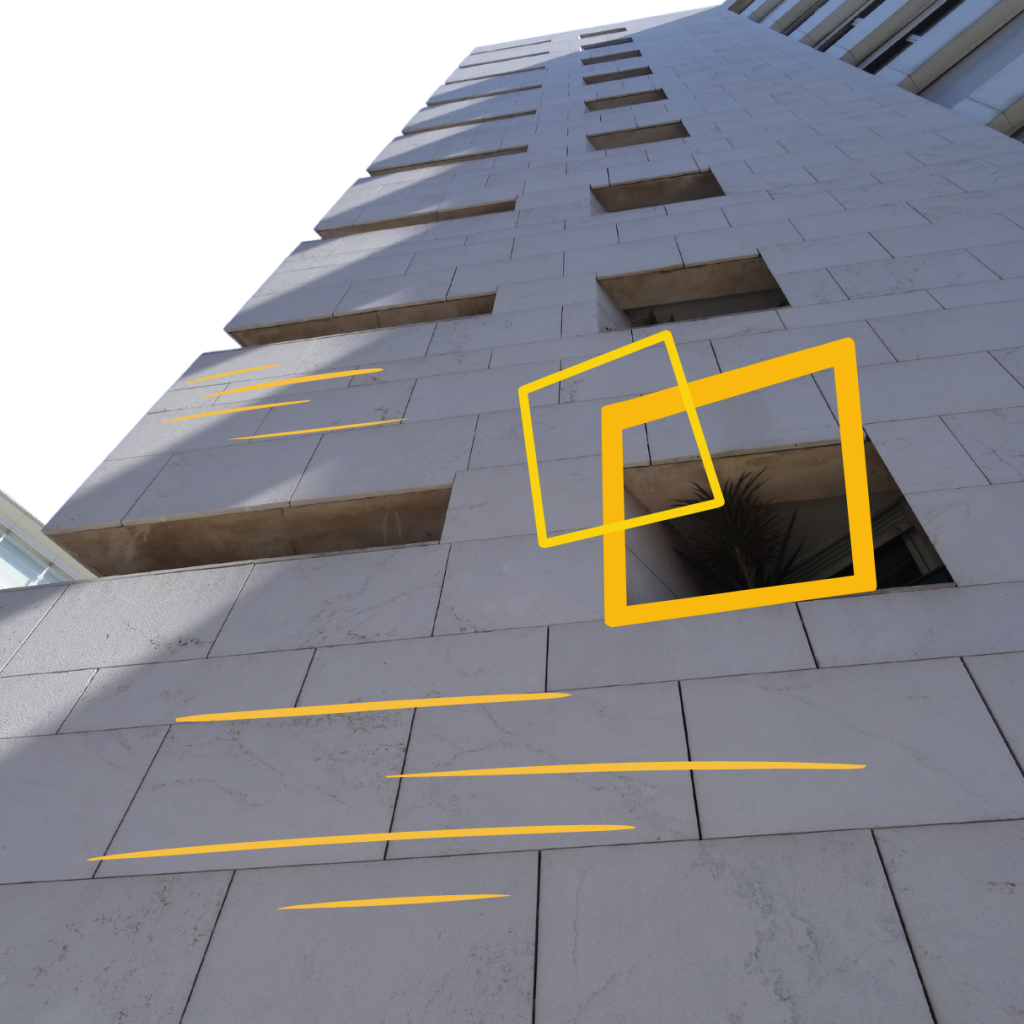Marble bowing: comparative multi-analytical study to forecasting marble structural degradation in building facades.
The study of marble thermal gradients condition along ageing cycles and the impact on the mechanical resistance caused by bowing are hypotheses that need to be verified with new studies and adjusted experimental methodology. The project MA_4CLAD aims to provide answers to these questions by providing a marble façade dimensioning manual that will consider the impact of the bowing on marble performance. The MA_4CLAD project will study the effect of the bowing by cycles of temperature and humidity, in the mechanical performance of three 3 marbles: Carrara (IT), Tasos (GR) and Lagoa (PT). By exploring the causes, MA_4CLAD aims to open a field of research that provides a path to control this problem, contributing to greater sustainability of natural resources and sustainability of the companies that market it.

The increasing number of cases of bowing marble facades has led to increased security risks, a decrease in the life span of facades and costs that often amount to more than $50 million. The lack of knowledge about the bowing susceptibility of any marble leads to increasing difficulty in finding a solution to the problem, with a great negative effect and high costs for the natural stone sector and in the marble selection process for reference projects. More than a decade ago, several studies on this problem with different types of marble were carried out, in several European countries, which featured bowing on facades in cold and hot climates. Although previous investigations have focused on the problem of the expansion and bowing of marble for external use, the main problem with the selection of inadequate marble has continued to this day.
The Solution?
The MA_4CLAD project aims to fill the knowledge gap of the causes and quantify the damage caused by the bowing, deepening the methodology described in the normalized conditions, through an analysis of the thermal gradients in real-time and through the bending strength evaluation measured along the cycles of temperature and humidity (not only in the end). This will explore the analysis of the causes that lead to the loss of mechanical resistance and allow the development of an innovative experimental methodology and a specific manual for marble dimensioning. The decrease in mechanical strength associated with bowing is a problem that has no solution currently and most marbles are not clearly studied in this context. All marbles have a unique degradation curve and therefore any prediction of life expectancy must be developed individually and for the specific type of marble in combination with the microclimate (especially surface temperature variations).
Supported by




